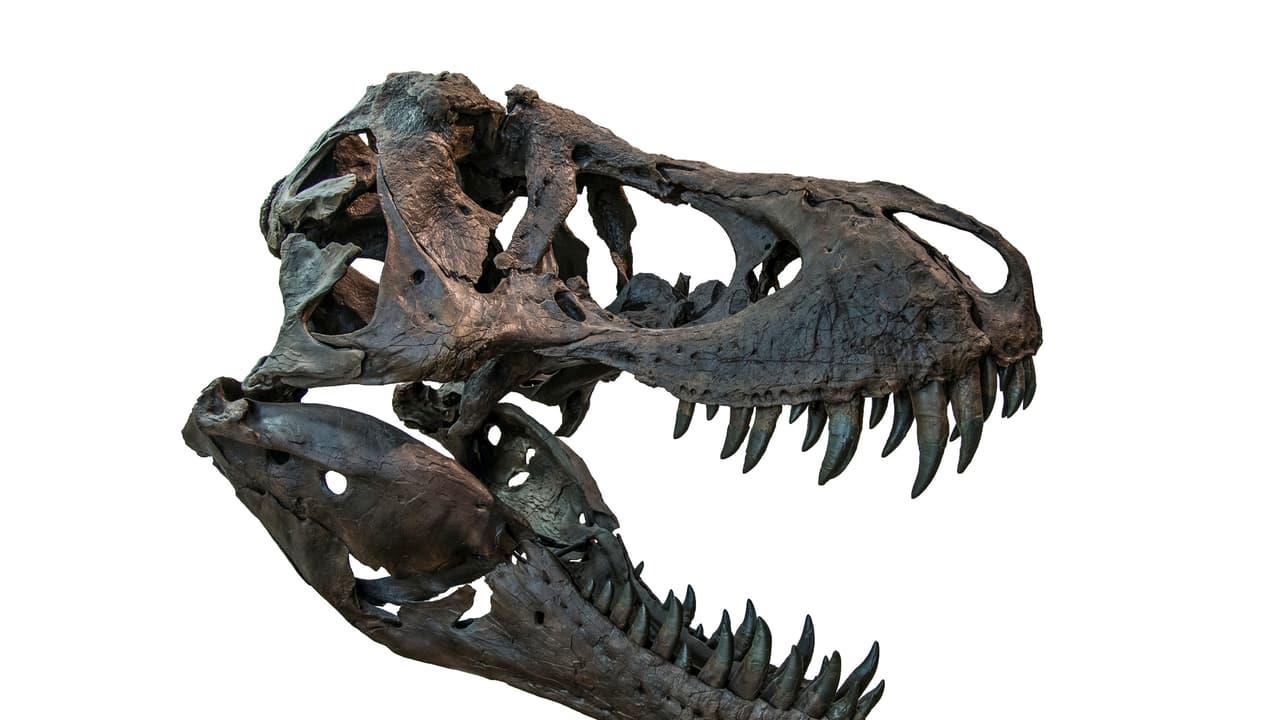New Dinosaur Discovery Pushes Fossil Record Back 15 Million Years
Scientists uncover Zavacephale rinpoche, the oldest and most complete pachycephalosaur, offering new insights into dome-headed dinosaurs' evolution.
A remarkable fossil unearthed in Mongolia's Gobi Desert has reshaped the timeline of dome-headed dinosaurs, known as pachycephalosaurs. The findings published in the Journal Nature on September 17, 2025, reveals a new species named Zavacephale rinpoche, meaning“precious root head.”
The specimen, discovered by Tsogtbaatar Chinzorig of the Mongolian Academy of Sciences and colleagues from North Carolina State University, is both the oldest and most complete pachycephalosaur ever identified. Dating back 108 million years, it pushes the group's fossil record back by at least 15 million years.
A Teenaged Dinosaur with a Dome
Despite being a juvenile, the fossil already sported a fully developed dome on its skull, giving paleontologists crucial evidence about growth and cranial development. The skeleton includes limbs, a tail, and stomach stones-rare details that reveal how these plant-eating dinosaurs lived and digested food.
“Z. rinpoche gives us an unprecedented glimpse into pachycephalosaur biology,” said Lindsay Zanno, paleontologist at NC State and co-author of the study.“For the first time, we can link growth stage with dome development.”
Why This Fossil Matters
Pachycephalosaurs, often depicted as head-butting dinosaurs, are best known for their large domed skulls. Scientists believe these structures were used not for defense, but for display and social competition.
The new fossil helps resolve long-standing debates over whether skull differences in this group represent species variation or simply growth stages. Its completeness also shows that pachycephalosaurs had distinctive hand shapes and relied on gastroliths (stomach stones) to grind their food.
A Rare Window into Dinosaur Evolution
“This specimen is once-in-a-lifetime,” said Zanno.“It's the most complete and earliest pachycephalosaur, bridging a massive gap in the evolutionary record.”
The discovery reshapes what scientists know about pachycephalosaur anatomy, locomotion, and evolution. It also highlights the Gobi Desert's role as one of the world's richest sources of dinosaur fossils.
The study was supported by the National Geographic Society and involved international collaboration with scientists from Japan, Mongolia, and South Africa.
Legal Disclaimer:
MENAFN provides the
information “as is” without warranty of any kind. We do not accept
any responsibility or liability for the accuracy, content, images,
videos, licenses, completeness, legality, or reliability of the information
contained in this article. If you have any complaints or copyright
issues related to this article, kindly contact the provider above.
Most popular stories
Market Research

- Motif AI Enters Phase Two Of Its Growth Cycle
- 1Inch Unlocks Access To Tokenized Rwas Via Swap API
- Kucoin Presents Kumining: Embodying Simple Mining, Smart Gains For Effortless Crypto Accumulation
- With Seal, Walrus Becomes The First Decentralized Data Platform With Access Controls
- Jpmorgan Product Head Joins GSR Trading MD To Build Institutional Staking Markets
- Innovation-Driven The5ers Selects Ctrader As Premier Platform For Advanced Traders






















Comments
No comment